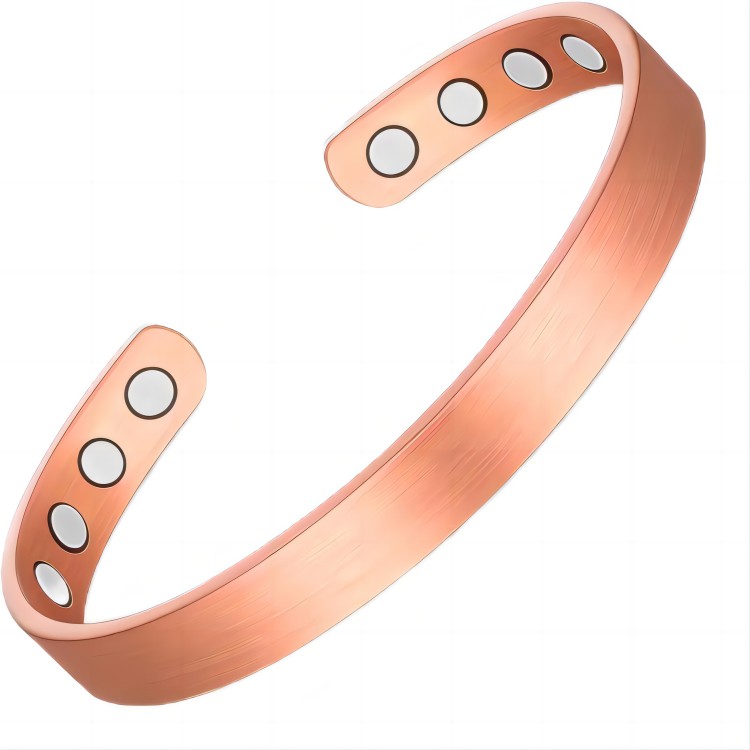Electroplating has a significant role in the jewelry and accessory industries, bringing enhanced aesthetics, durability, and variety to products. Here’s how electroplating is leveraged in these sectors:
1.Aesthetic Appeal: Jewelry and accessories often require a pristine and luxurious finish to attract consumers. Electroplating allows for the deposition of precious metals, such as gold and silver on to base materials, giving them a high-end look with out the hefty price.
2.Durability and Wear Resistance: By electroplating jewelry with a harder metal, the pieces gain increased wear resistance, ensuring they maintain their shine and integrity for longer periods.
3.Anti-Tarnish Properties: Certain metals, especially silver, are prone to tarnishing when exposed to air and moisture. Electroplating them with a thin layer of another metal, can provide a barrier, reducing tarnishing and maintaining the jewelry’s brilliance.
4.Variety in Color and Appearance: Electroplating offers the flexibility to change the color of jewelry pieces. For instance, rose gold and golden, a popular choice for many contemporary designs.
5.Nickel-Free Solutions: Given the increasing number of people allergic to nickel, there’s a growing demand for nickel-free jewelry. Electroplating provides a solution by allowing manufacturers to coat nickel-based items with hypoallergenic metals, making them safe for sensitive skin.
- Enhancing Stone Settings: Electroplating can be used to coat the prongs or settings holding gemstones in place, reinforcing them and ensuring the gemstones remain securely set.
Electroplate Coating Technology Category:
It mainly includes vacuum evaporation coating, sputtering coating and ion coating.
- Vacuum Vapor Deposition (PVD)
PVD is often referred to as vapor deposition or evaporation deposition, which is the process of heating the target material under vacuum to make it vaporize and sublimate into atoms or molecules, which are deposited onto the surface of the workpiece to form a thin film. Vacuum vapor deposition is also the earliest PVD process, so many people will take it as the representative of the whole PVD process, so pay attention to the distinction.
- Sputter Coating (MSD)
MSD is filled with certain inert gas argon Ar in vacuum environment, using glow discharge technology to ionize argon into ionic state, the argon ion accelerates and bombards the cathode under the action of electric field, so that the target at the cathode is sputtered down and deposited to the surface of the workpiece to form a film layer.
- Ion Coating (IP)
IP is a vacuum environment, the use of various gas discharge technology, the target evaporated part of the atom ionization at the same time, but also generate a large number of high-energy neutral particles, deposited on the surface of the workpiece to form a film layer.

